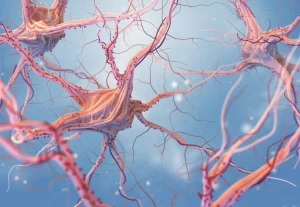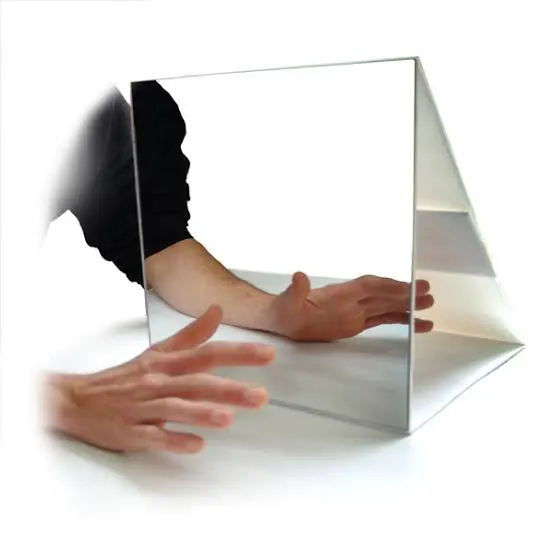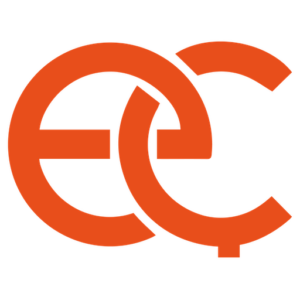Complaints like feeling of numbness and tingling or loss of sensation may be seen frequently in stroke patients. In addition to loss of movement, which was caused by paralysis after a stroke, sensory disturbances also happen. Sensory problems such as loss of sensation, feeling of numbness and tingling or hypersensitivity may accompany sensory problems especially in the arms and legs.
In some patients, such sensory problems disappear spontaneously while the brain is recovery. Sensory training methods should also be included in the physical therapy and rehabilitation program to treat sensory disorders.
Why Does Feeling of Numbness Happen in Stroke Patients?
To understand numbness after stroke, let’s look at how stroke affects the body first: When blood flow in the brain is prevented by brain embolism or brain hemorrhage, stroke occurs. When brain cells cannot oxygenate because of anemia, they start to get damaged and lose their function. The area of the brain which was affected by the stroke determines the functional disorders which will occur in the patient.
When the area of the brain which enables the motor movement is affected, paralysis develops, arm and leg movements disappear. When the area of the brain which regulates the senses is affected, sensory disorders like feeling of numbness and tingling may occur.
Regarding numbness after a stroke, two areas of the brain deserve a deeper examination: Thalamus and occipital lobe. Thalamus is responsible for the interpretation of 98% of all sensory input. Similarly, occipital lobe distinguishes this input from 5 senses. When these areas of the brain are affected, sensory disorders happen. But even if the stroke did not affect these areas, complaints like numbness and loss of sense may be seen in the patients.

How Long Does Numbness Continue After Stroke?
The recovery process of each stroke patient may happen in different ways. The most important factors which determine the recovery process of stroke patients are:
- The place and severity of the stroke
- The patient’s age and general health condition;
- The applied physical therapy and rehabilitation.
In some stroke patients, sensory disorders may recover up spontaneously in the first 1-2 months. If there is a sensory disorder in the patient, the physical therapy rehabilitation program should definitely focus on this area. The fastest recovery after stroke is observed in the first 3-6 months. But this does not mean that patients who still have sensory defects after 6 months cannot recover. In stroke and brain injury, the key elements of recovery are a comprehensive rehabilitation program and plenty of repetition. Even if the neurological recovery slows down after the first year, stroke patients may be provided with the functional gains for life.

How is Numbness Treated in Stroke Patients?
In stroke patients with sensory loss, the rehabilitation methods for sensory training may ensure recovery. The frequently applied rehabilitation methods for numbness after stroke are:
Sensory Training
In stroke patients, the feeling of numbness which happens in arms and legs are different from other kinds of numbness. This is because the numbness is not caused from the tissues in that area but from the brain. Sensory training is one of the effective ways of retraining the brain and treating the sensory disorders. Sensory training is based upon a process named as neuroplasticity in the brain: thanks to this, the brain can reorganize and construct itself and learn new functions.
Sensory training enables the brain to be retrained on how to interpret the senses via different exercises and methods which contain touching. For example, objects with different textures (like sandpaper, cotton, silk materials) are aimed to be sensed by the brain and the feedback is aimed to be provided.

Mirror Therapy
Mirror Therapy is a treatment method which is based on the observation of the limbs of the stable side like the paralyzed side and which creates a visual illusion in the brain. For instance, the person’s hands are put onto the table and two separate sides of the mirror. The person is aligned to see their hand in the stable side from the reflection of the mirror while looking at the paralyzed hand. Meanwhile the sensory stimuli which is given to both hands provide sensory training on the paralyzed side.
Reference: flintrehab.com

